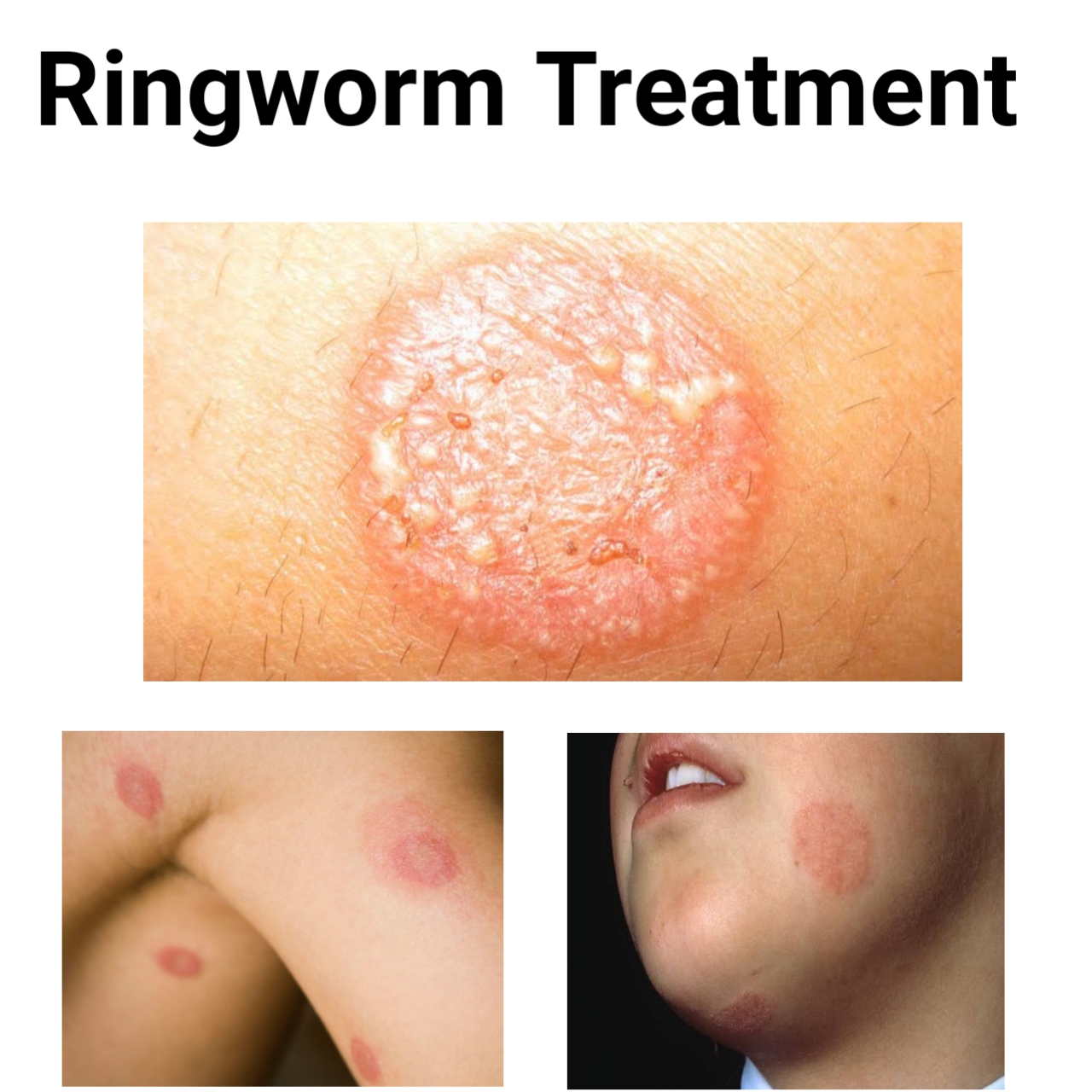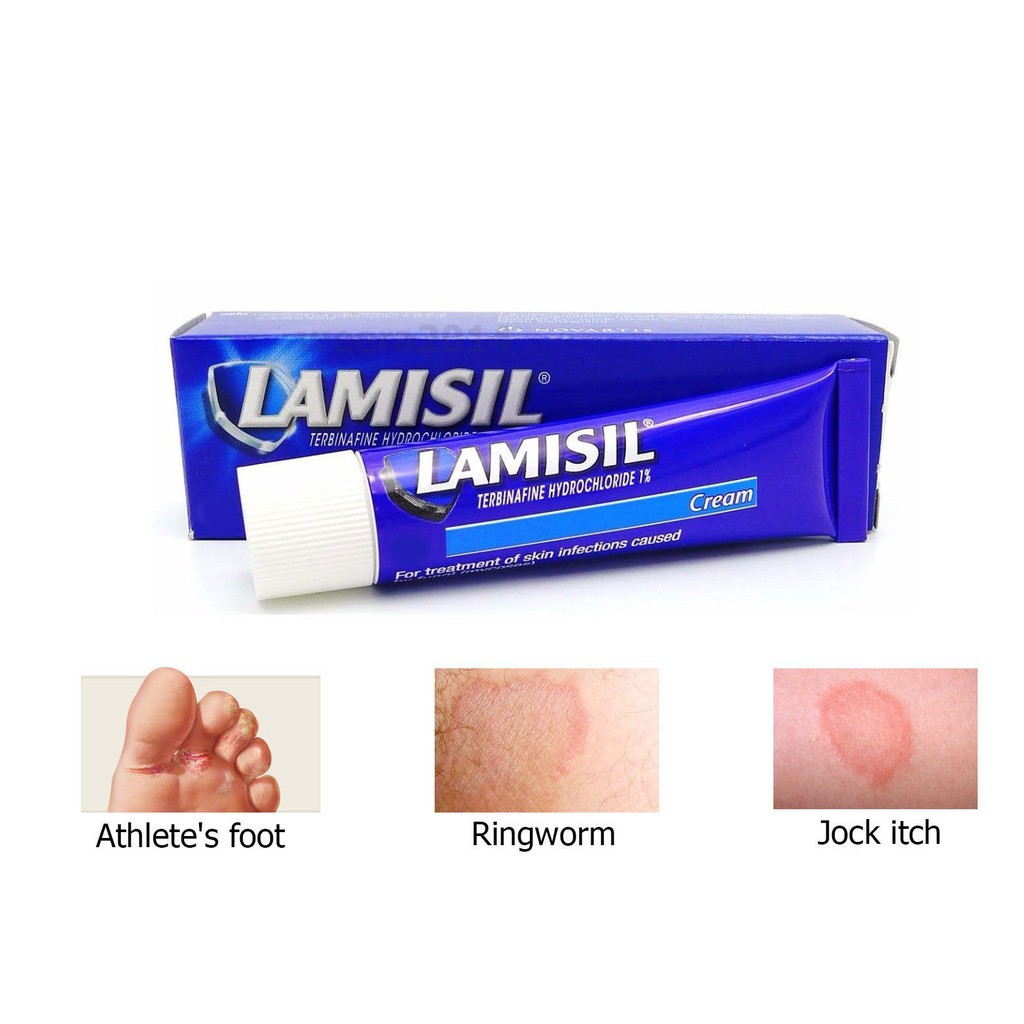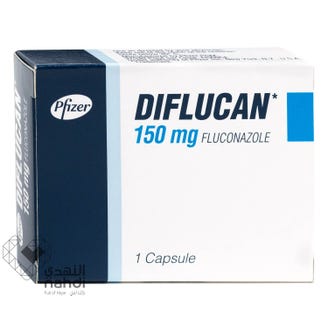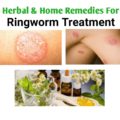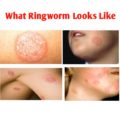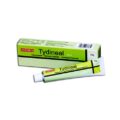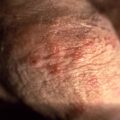The term ringworm or ringworms refers to fungal infections that are on the surface of the skin. The name is derived from the early belief that the infection was due to a worm, which is not. Ringworm is a fungal infection in the skin. Nevertheless, the name ringworm remains. Some of these fungi produce a rash of round scaly spots on the skin, but many do not. On the other hand, many round, red spots or rashes on the skin are not due to a fungal infection. A physical examination of the affected skin, evaluation of skin scrapings under the microscope, and culture tests can help health care professionals make the appropriate diagnosis and distinctions from other conditions. A proper diagnosis is best for successful treatment.
The medical term for ringworm is tinea. (Tinea is the Latin name for a growing worm.) Health care professionals add another word to indicate the part of the body where the fungus is located. Tinea capitis, for instance, refers to scalp ringworm, tinea corporis to fungus of the body, tinea pedis to fungus of the feet, and so on.
Symptoms
Signs and symptoms of ringworm may include
- A scaly ring-shaped area, typically on the buttocks, trunk, arms and legs
- May itch
- A clear or scaly area inside the ring, perhaps with a scattering of red bumps
- Slightly raised, expanding rings
- A round, flat patch of itchy skin
- Overlapping rings.
Causes
Ringworm is a contagious fungal infection caused by common mold-like parasites that live on the cells in the outer layer of your skin. It can be spread in the following ways:
- Human to human. Ringworm often spreads by direct, skin-to-skin contact with an infected person.
- Animal to human. You can contract ringworm by touching an animal with ringworm. Ringworm can spread while petting or grooming dogs or cats. It’s also fairly common in cows.
- Object to human. It’s possible for ringworm to spread by contact with objects or surfaces that an infected person or animal has recently touched or rubbed against, such as clothing, towels, bedding and linens, combs, and brushes.
- Soil to human. In rare cases, ringworm can be spread to humans by contact with infected soil. Infection would most likely occur only from prolonged contact with highly infected soil.
Risk factors
You’re at higher risk of ringworm of the body if you:
- Live in a warm climate
- Have close contact with an infected person or animal
- Share clothing, bedding or towels with someone who has a fungal infection
- Participate in sports that feature skin-to-skin contact, such as wrestling
- Wear tight or restrictive clothing
- Have a weak immune system.
Complications
A fungal infection rarely spreads below the surface of the skin to cause serious illness. But people with weak immune systems, such as those with HIV/AIDS, may find it difficult to get rid of the infection.
Drugs and Medications that Work Best For Ringworm Treatment
Mild ringworm often responds to antifungal medications that you apply to your skin. For more-severe infections, you may need to take antifungal pills for several weeks. It should be noted that most home remedies cannot cure ringworm.
To cure ringworm, it is necessary to take antifungal medications. Ringworm can be treated topically (with external applications) or systemically (for example, with oral medications):
Topical treatment: When fungus affects the skin of the body or the groin, many antifungal creams can clear the condition in around two weeks. Examples of such preparations include those that contain clotrimazole (Cruex cream, Desenex cream, Lotrimin cream, lotion, and solution), miconazole (Monistat-Derm cream), ketoconazole (Nizoral cream), econazole (Spectazole), naftifine (Naftin), and terbinafine (Lamisil cream and solution).
These treatments are effective for many cases of foot fungus as well. Many of these antifungal creams are available as over-the-counter preparations. It is usually necessary to use topical medications for at least two weeks. More recently, the U.S. Food and Drug Administration (FDA) approved the antifungal medication luliconazole (Luzu), the first topical azole antifungal agent with a one-week once-daily treatment regimen for the management of tinea cruris and tinea corporis in adults aged 18 years or older.
Systemic treatment: Some fungal infections do not respond well to external applications. Examples include scalp fungus and fungus of the nails. To penetrate these areas and for particularly severe or extensive disease, oral medications can be used.
For a long time, the only effective antifungal tablet was griseofulvin (Fulvicin, Grifulvin, and Gris-PEG). Now, other agents are available that are both safer and more effective. These include terbinafine, itraconazole (Sporanox), and fluconazole (Diflucan). Oral medications are usually given for a three-month course.
How long does it take to get rid of ringworm?
Mild cases of ringworm infection of the body can be treated with topical OTC anti-fungal medications. Severe cases may require oral anti-fungal drugs. Anti-fungal creams may be used 2 times a day for about 2 weeks for complete recovery from the infection.
Nail ringworm does not easily respond to medical treatment, and hence healing can get prolonged. Doctors may prescribe antifungal tablets, but its excessive use can cause health problems. Hence in some cases, doctors may cut the affected nail and then treat the nail bed with potent anti-fungal nail solutions.
Ringworm of the scalp is treated with regular use of shampoos that contain anti-fungal medications. The treatment has to be continued for 8 to 10 weeks for full recovery.
How To Prevent Ringworm Infection
Ringworm is difficult to prevent. The fungus that causes it is common, and the condition is contagious even before symptoms appear. Take these steps to reduce your risk of ringworm:
- Educate yourself and others. Be aware of the risk of ringworm from infected people or pets. Tell your children about ringworm, what to watch for and how to avoid infection.
- Keep clean. Wash your hands often. Keep shared areas clean, especially in schools, child care centers, gyms and locker rooms. If you participate in contact sports, shower right after practice or a match and keep your uniform and gear clean.
- Stay cool and dry. Don’t wear thick clothing for long periods of time in warm, humid weather. Avoid excessive sweating.
- Avoid infected animals. The infection often looks like a patch of skin where fur is missing. If you have pets or other animals, ask your veterinarian to check them for ringworm.
- Don’t share personal items. Don’t let others use your clothing, towels, hairbrushes, sports gear or other personal items. And don’t borrow such things.


